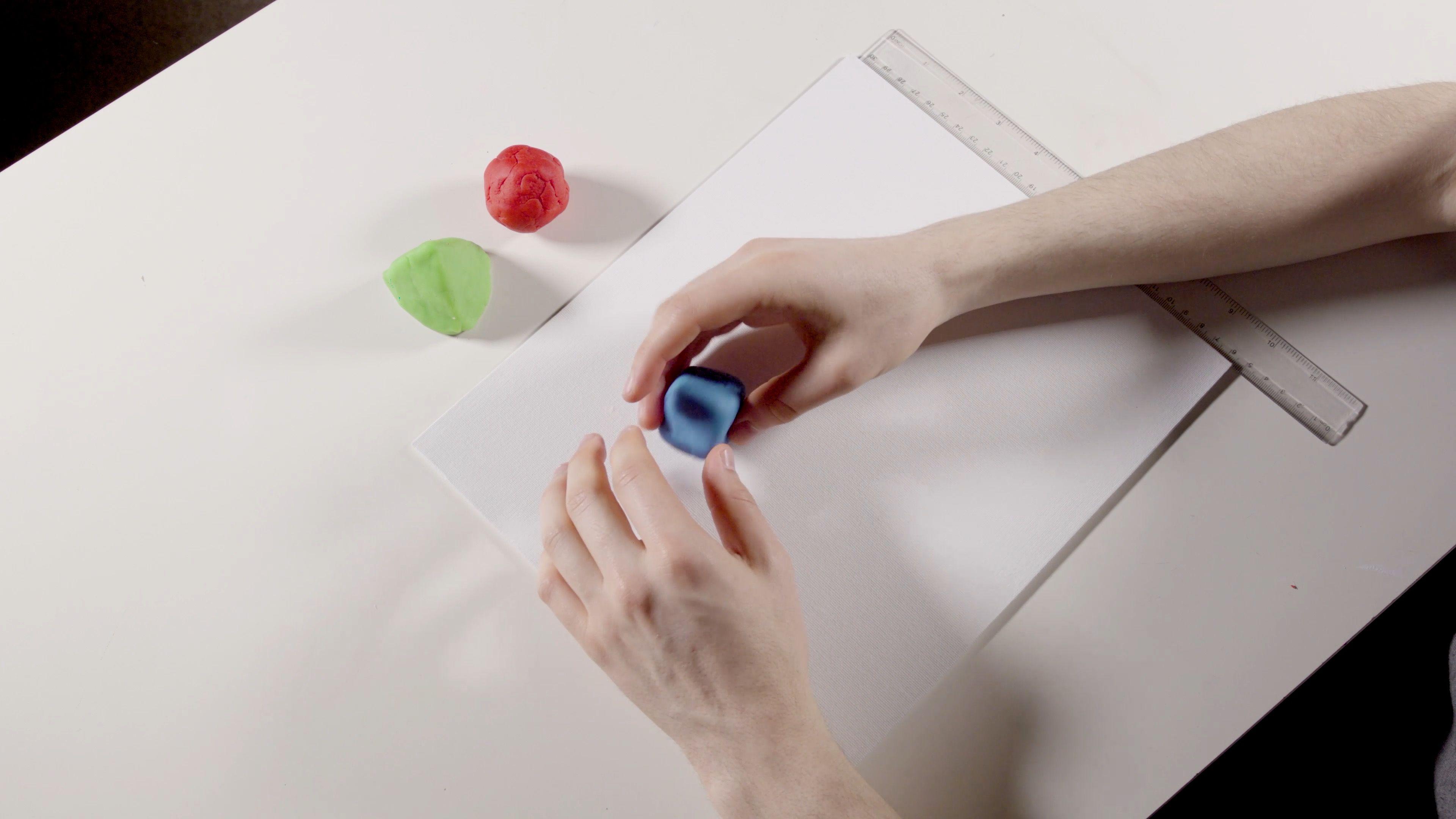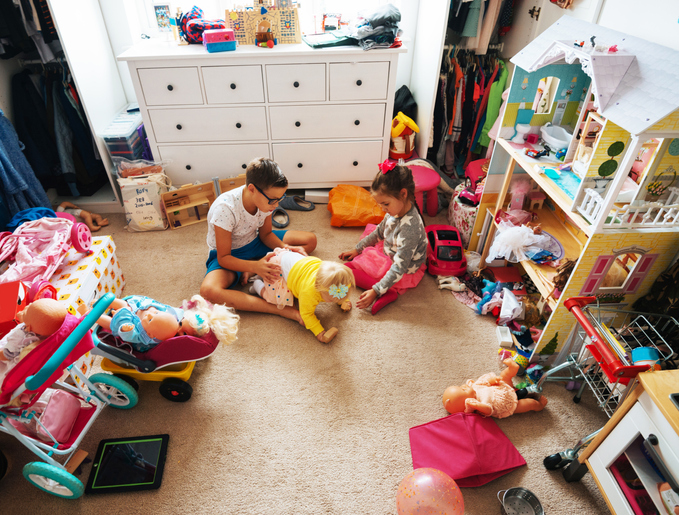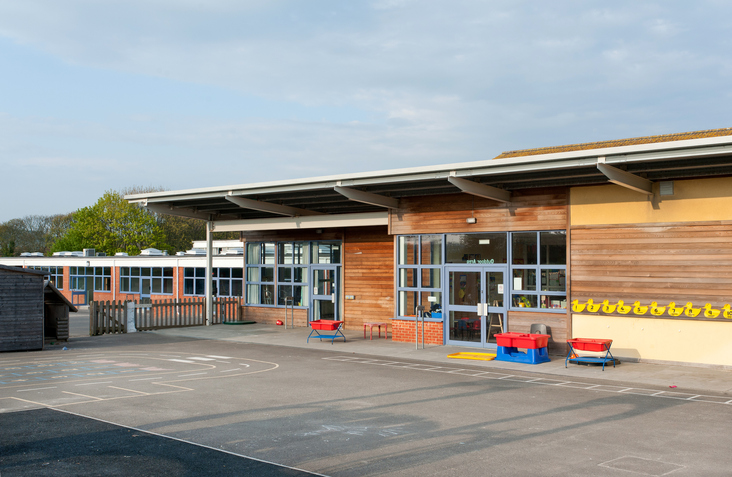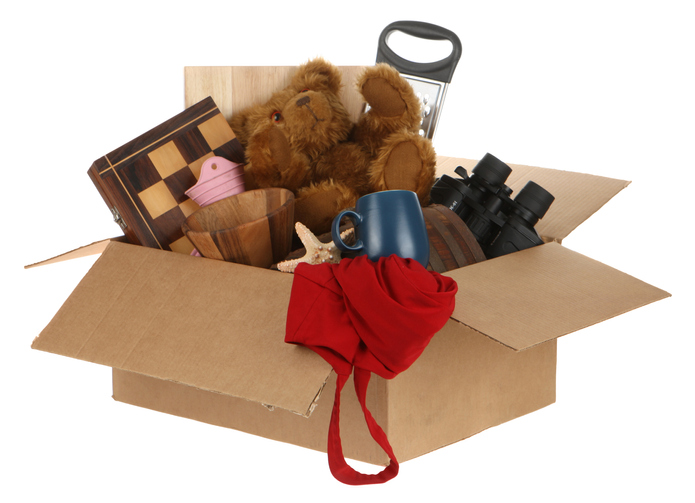Learning objective
- To make a list using software and a digital device.
Success criteria
- I can use a computer to create a
This content is for subscribers only. Join for access today.
National curriculum
Computing
Pupils should be taught to:
- Use
This content is for subscribers only. Join for access today.
Cross-curricular links
Before the lesson
This content is for subscribers only. Join for access today.
Lesson plan
Recap and recall
Before starting this unit, check the children can recall: A computer keyboard is used to type. A username and password are needed to log into school computers. How to click and drag. Clipart are pictures that are available to use on the computer.
This content is for subscribers only. Join for access today.
Extended-mode explainer videos
How to extend your display to view the lesson page and preseantion mode simultaneously. Choose your operating system below to watch the video
If you need further support with extending your display,
please contact [email protected].
Extended-mode explainer video: For Mac
Extended-mode explainer video: For Windows
Adaptive teaching
Pupils needing extra support
Could use a drawing program, such as Sketchpad (see Teacher knowledge), but the children should try to write each item in the list, as this builds the necessary skills for creating tables and spreadsheets.
Pupils working at greater depth
Could be encouraged to use organisational tools, such as bullet points, to make the list more accurate; Could be prompted to change the text size, font and colour to make the list more readable.
This content is for subscribers only. Join for access today.
Assessing progress and understanding
Pupils with secure understanding indicated by: using a computer to
This content is for subscribers only. Join for access today.
Vocabulary definitions
-
computer
A machine that follows instructions to do jobs.
-
list
A number of things, one after the other.
This content is for subscribers only. Join for access today.
In this unit
Contributors





